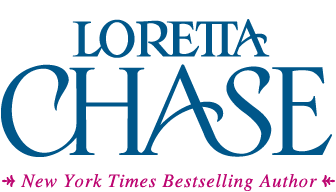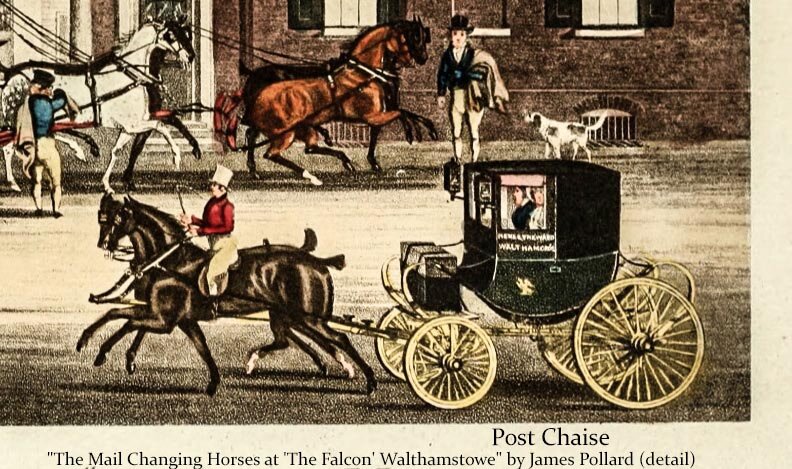Until the mass production of automobiles, over a century ago, only well-off people could afford to own their own vehicles. In London, the vast majority of the populace walked. Even for the well-to-do, walking could be a more efficient way of getting from place to place, given congested streets and frequent accidents.
In Town, public transportation comprised omnibuses, hackney coaches, and hackney cabs. For longer distances, one might hire a post chaise—a more expensive proposition. In any event, as Cassandra Pomfret points out, a bill curtailing public transport on Sundays would have a severe impact on those who supplied the vehicles or drove them for a living as well as the people who depended on them for transportation.
In Ten Things I Hate About the Duke, I mention hackney cabs and coaches. These images will show you the difference, and save me a thousand words. Hackney coaches were usually secondhand vehicles, repurposed as public conveyances. The cabs were made to a design. For more on this subject, please see my blog post Hackney Cabs & Hackney Coaches.
Post chaises could range from a one-horse, two passenger vehicle, to a multi-horse chaise, like the one Ashmont, Morris, and Ashmont’s valet use for the return trip to London. A post chaise wasn’t driven by a coachman but by one or two postilions, as the wonderful scale model from the Science Museum Group so clearly shows.
Then there’s private transport, which, as Miss Pomfret also points out, the Sabbath bill would affect not in the least. This category includes a number of different vehicles, some owner-driven— like Miss Pomfret’s demi-mail phaeton and Ashmont’s cabriolet—and others driven by a coachman, like Lady Charles’s landau and Lady deGriffith’s barouche. As you study these illustrations, please bear in mind that these vehicles did not come off an assembly line but were made to order, and would not all be exactly the same.
If you lived in the time of the story, which vehicle would you want to drive about in?















